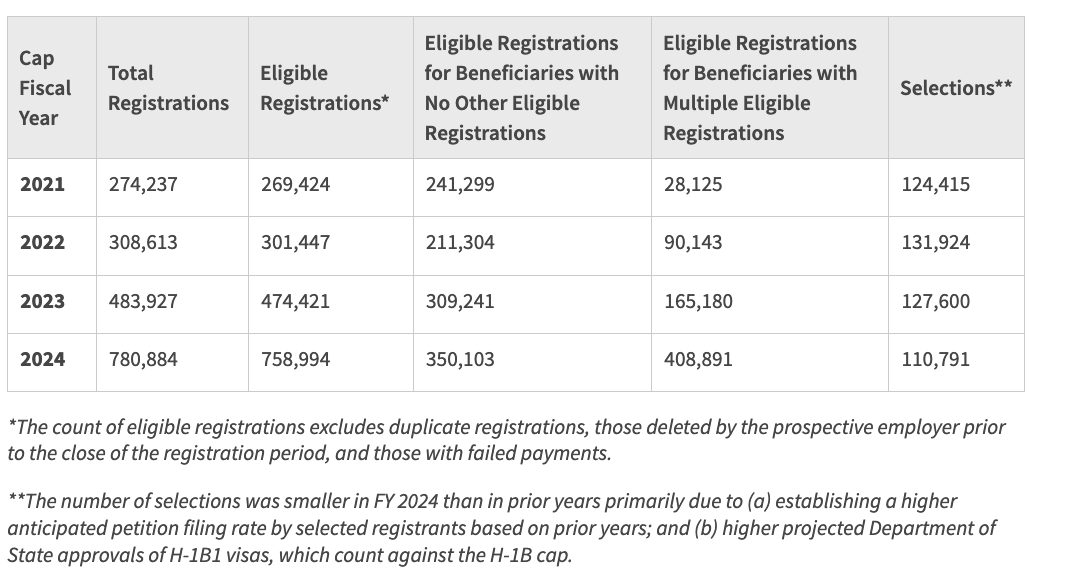In continuance of the information provided in our blog post concerning additional visa allocations for the H-2B cap, we share new updates recently from the U.S. Citizenship and Immigration Services (USCIS).
On November 9, 2023, the Department of Homeland Security (DHS), in consultation with the Department of State (DOS), published a Notice in the Federal Register identifying the list of foreign countries whose nationals are eligible to participate in the H-2A and H-2B Nonimmigrant Worker Programs next year.
Effective November 9, 2023, nationals of the following countries are eligible to receive H-2A and H-2B visas:
| Andorra | The Kingdom of Eswatini | Madagascar | Saint Lucia |
| Argentina | Fiji | Malta | San Marino |
| Australia | Finland | Mauritius | Serbia |
| Austria | France | Mexico | Singapore |
| Barbados | Germany | Monaco | Slovakia |
| Belgium | Greece | Mongolia* | Slovenia |
| Bolivia | Grenada | Montenegro | Solomon Islands |
| Bosnia and Herzegovina | Guatemala | Mozambique | South Africa |
| Brazil | Haiti | Nauru | South Korea |
| Brunei | Honduras | The Netherlands | Spain |
| Bulgaria | Hungary | New Zealand | St. Vincent and the Grenadines |
| Canada | Iceland | Nicaragua | Sweden |
| Chile | Ireland | North Macedonia | Switzerland |
| Colombia | Israel | Norway | Taiwan*** |
| Costa Rica | Italy | Panama | Thailand |
| Croatia | Jamaica | Papua New Guinea | Timor-Leste |
| Republic of Cyprus | Japan | Paraguay** | Turkey |
| Czech Republic | Kiribati | Peru | Tuvalu |
| Denmark | Latvia | The Philippines* | Ukraine |
| Dominican Republic | Liechtenstein | Poland | United Kingdom |
| Ecuador | Lithuania | Portugal | Uruguay |
| El Salvador | Luxembourg | Romania | Vanuatu |
| Estonia |
 Visa Lawyer Blog
Visa Lawyer Blog












